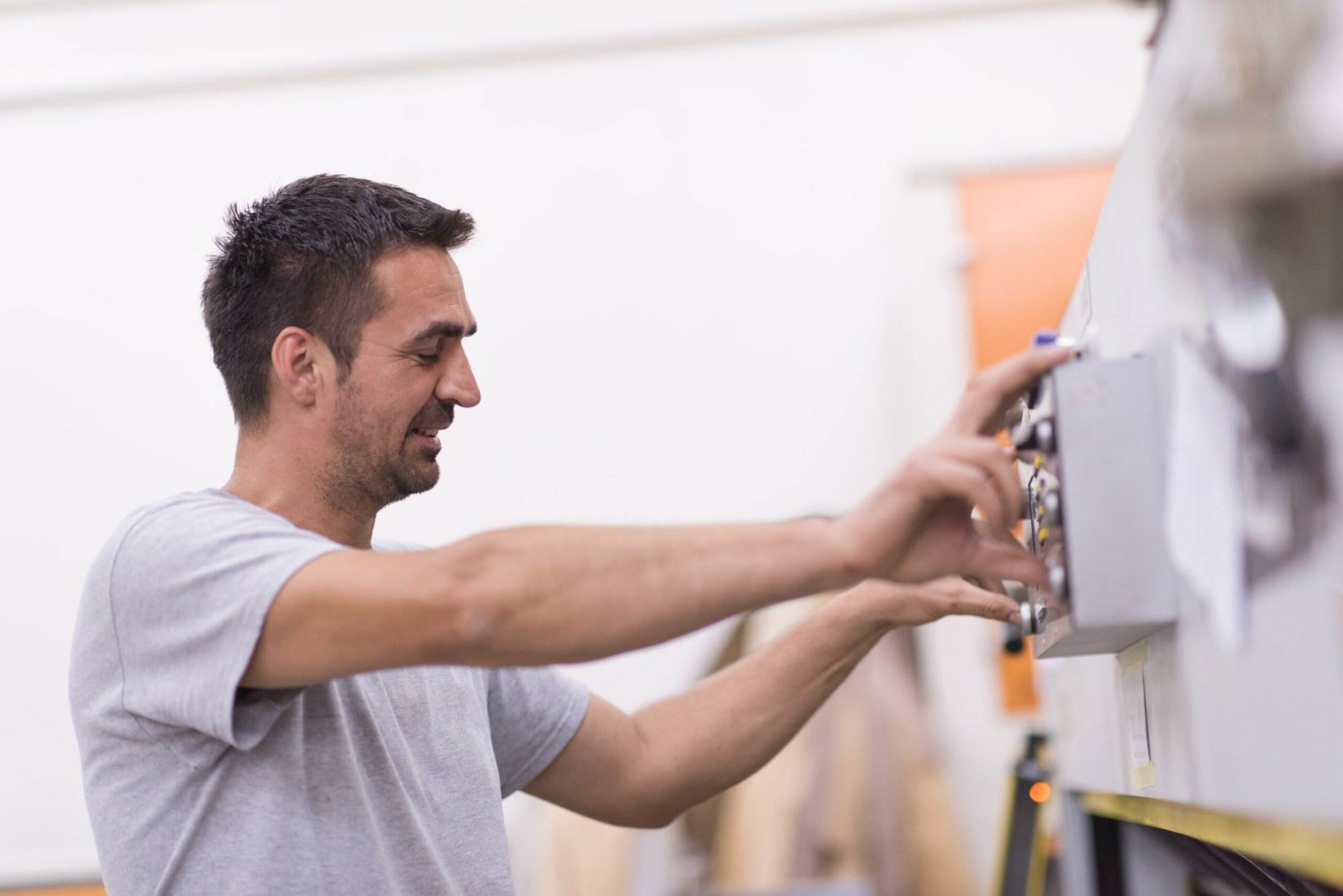The commercial cleaning industry has come a long way in recent years, with new technologies and methods transforming the way we approach cleaning. From robotic automation to green cleaning solutions, data-driven approaches to artificial intelligence, there are many exciting developments on the horizon that promise to revolutionize this sector. In this blog post, we’ll explore some of these emerging trends and how they are shaping the future of commercial cleaning.
One of the most significant changes taking place within the industry is the rise of robotic cleaning. Automated systems are becoming increasingly popular among businesses looking to streamline their operations and reduce costs. These machines can be programmed to carry out a range of tasks such as vacuuming floors or scrubbing carpets, freeing up staff members to focus on other areas of cleaning. Additionally, robots don’t get tired or need breaks like humans do, making them ideal for working around the clock. As technology continues to advance, it’s likely that we will see even more sophisticated robotics being used in commercial cleaning settings.

Another important development within the industry is the shift towards sustainable, eco-friendly cleaning practices. Businesses are increasingly aware of their environmental impact and are seeking ways to reduce waste and minimize pollution. Green cleaning methods use natural products and techniques that are less harmful to both people and the planet. This includes using biodegradable chemicals, reducing water usage, and implementing recycling programs. By adopting these practices, companies not only benefit the environment but also improve employee health and wellbeing by creating safer workspaces.
Data-driven cleaning is another area where technology is having a major impact on the industry. With the help of sensors and analytics software, cleaners can monitor and track their performance, identifying areas that require attention and adjusting their approach accordingly. For example, sensors placed throughout a building can detect when certain areas have higher levels of dirt or grime and alert cleaners to focus their efforts on those specific locations. This makes cleaning more efficient and effective, ensuring that every corner of a space gets the attention it needs.
Artificial Intelligence (AI) is also playing an increasing role in commercial cleaning. Machine learning algorithms can analyze large amounts of data from various sources to identify patterns and make predictions about what actions should be taken next. AI can assist in scheduling cleanings based on occupancy rates, predicting maintenance issues before they occur, and optimizing supply chain management. The possibilities for AI applications in commercial cleaning are endless, and we expect to see continued growth in this field over the coming years.
Finally, employee training and development play a critical role in maintaining high standards of cleanliness across all types of facilities. Ensuring employees receive adequate training and support helps to build confidence and expertise, which ultimately leads to better results. Whether it’s teaching proper sanitation techniques or providing instruction on the latest equipment and tools, investing in employee education is essential for achieving a spotless future.
In conclusion, the future of commercial cleaning looks bright thanks to advancements in technology and a growing commitment to sustainability. Robotic cleaning, green cleaning methods, data-driven approaches, and artificial intelligence are just a few examples of the innovative solutions being developed to meet the demands of today’s businesses. As we move forward, we can expect to see further improvements in efficiency, effectiveness, and overall quality of service.


